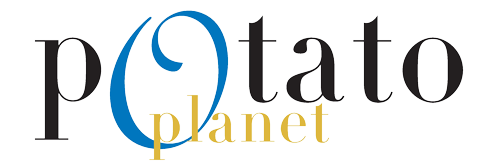Potato market chronicle January 2019
Publication author: Fréderic Laviron – Site internet Roussineau Potato market chronicle January 2019 All market chronicles What if 2019 brought a breath of fresh air? There are so many challenges ahead – technological, regulatory, qualitative – that this second half of the potato marketing year could prove unique. Everyone agrees that we should be able to market the entire French production without difficulty before June.A dynamic start to the year on the market Export figures are good overall, and will undoubtedly remain buoyant towards our neighboring countries, albeit with strong variations in acceptance of high prices, particularly in Italy. The start of the year has been marked by unexpectedly dynamic demand, particularly from Greece. But the problems lie elsewhere: strong industrial demand is disrupting the fresh potato market, and it is sometimes impossible to meet foreign demand for bag-brushed fritable varieties; the foreseeable end of CIPC marketing and use will lead to profound varietal changes, with the choice of producing longer-life varieties, while the use of more expensive alternative preservatives remains marginal today. What about marketing our production after April? Are we ready to reduce our production area to make way for French early produce or imported products from the Mediterranean basin? Will we lose our leadership in fresh potato exports to Europe? What new varieties for what market? The demand for residue analysis by supermarkets is accelerating. Today, there is a real shortage of seed potatoes, of the order of 15 to 20%, for the next season. And yet, as plant breeders take exact stock of what’s available, it doesn’t appear that the area planted will decrease… in fact, it may even increase. Paradoxical, isn’t it? A generous nature? Have we already forgotten that we sold out our 2017 production in September 2018, all over Europe? I like to remind you that, if prices are high this year, this is exclusively linked to a very sharp drop in yields in northern European countries, due to drought. If nature is generous in 2019, another challenge awaits us…

